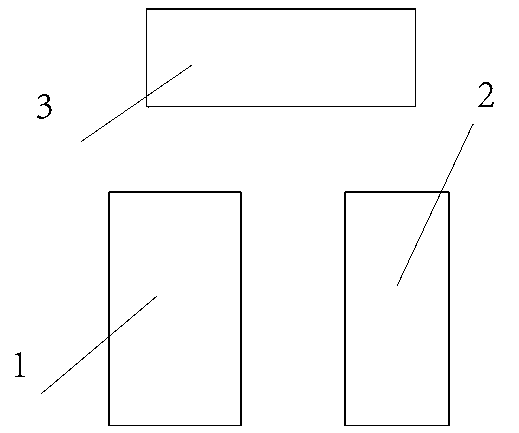Leguminous plant hybridization cultivated fields
A technology for beans and plants, applied in the field of planting of beans, can solve problems such as low yield, troublesome harvesting, troublesome planting management, etc., and achieve the effects of strong resistance to diseases and insects, rich nutritional value and good taste.
- Summary
- Abstract
- Description
- Claims
- Application Information
AI Technical Summary
Problems solved by technology
Method used
Image
Examples
Embodiment Construction
[0007] A bean plant hybrid planting site belongs to the field of plant planting technology, and is mainly suitable for the planting of commonly used mung beans and red beans, including planting site A, planting site B and breeding site, wherein the distance between planting site A and planting site B is 40 meters. They are located side by side 40 meters south of the breeding ground. The specific implementation steps are:
[0008] 1. Select 300 plants of high-quality mung beans and 50 plants of peas and plant them in planting site A after the rain in spring, with a plant spacing of 300 mm and a row spacing of 500 mm. Select 200 plants of high-quality red beans and 50 plants of vine beans and plant them in planting site B with a plant spacing of 300 mm. , line spacing 500 mm.
[0009] 2. Breed 30 boxes of Italian honeybees and 18 boxes of Northeast black bees in the breeding place.
[0010] 3. After the beans are harvested, select the bean grains that are more than 2 times lar...
PUM
 Login to View More
Login to View More Abstract
Description
Claims
Application Information
 Login to View More
Login to View More - R&D
- Intellectual Property
- Life Sciences
- Materials
- Tech Scout
- Unparalleled Data Quality
- Higher Quality Content
- 60% Fewer Hallucinations
Browse by: Latest US Patents, China's latest patents, Technical Efficacy Thesaurus, Application Domain, Technology Topic, Popular Technical Reports.
© 2025 PatSnap. All rights reserved.Legal|Privacy policy|Modern Slavery Act Transparency Statement|Sitemap|About US| Contact US: help@patsnap.com

